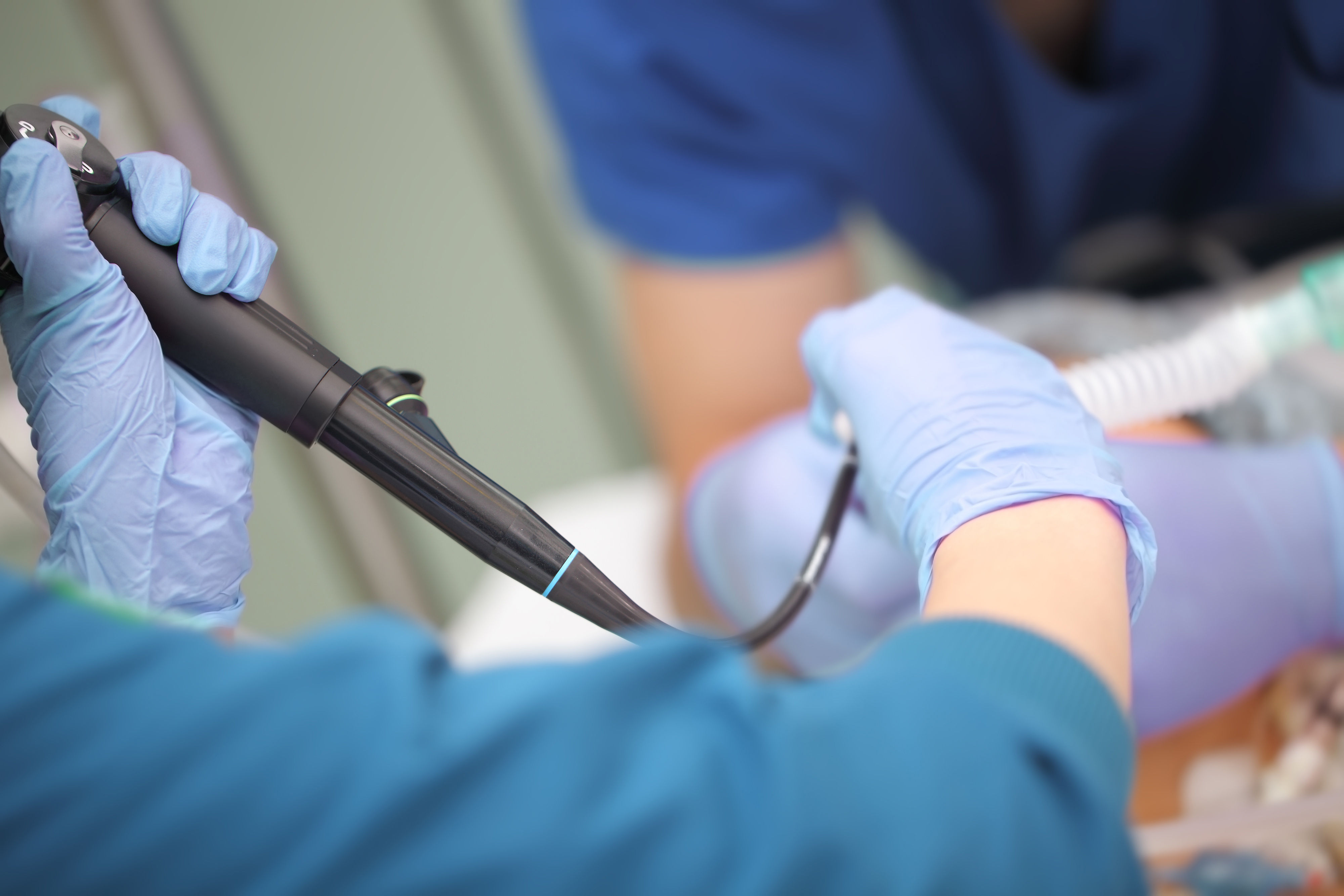What Is an Increase in Platelet Count?
Know what is increase in platelet count, types of high platelet, causes, symptoms, diagnosis and how to manage the healthy platelet count. Learn about when to see the doctor.


Introduction
When you get a blood test, you might notice a term called "platelet count" in your report. But what does it mean if your platelet count is higher than normal? Let’s break it down in simple terms so you can understand what it is, why it happens, and what you can do about it.
Understanding Platelets
Platelets are tiny blood cells that help your body form clots to stop bleeding. If you get a cut or injury, platelets rush to the site and stick together to form a plug, preventing excessive blood loss. Normally, a healthy platelet count ranges between 150,000 to 450,000 platelets per microliter of blood.
When your platelet count goes above 450,000, it’s called thrombocytosis (which simply means "high platelet count"). While this may not always cause problems, in some cases, it can lead to complications like blood clots or bleeding issues.
Consult Top Specialists for Personalised Tips
Types of High Platelet Count
There are two main types:
1. Primary Thrombocytosis (Essential Thrombocythemia) – This happens when your bone marrow produces too many platelets due to a problem in its function. It’s often linked to genetic mutations.
2. Secondary (Reactive) Thrombocytosis – This is more common and occurs as a response to another condition, such as infection, inflammation, or iron deficiency.
What Causes High Platelet Count?
Several factors can lead to an increase in platelets:
1. Infections & Inflammation
It includes:
Viral or bacterial infections (like tuberculosis, pneumonia, or COVID-19)
Chronic inflammatory diseases (such as rheumatoid arthritis or inflammatory bowel disease)
2. Blood Loss or Iron Deficiency
It includes
Heavy menstrual bleeding
Recent surgery or injury
3. Bone Marrow Disorders
It includes
Essential thrombocythemia (a rare blood disorder)
Polycythemia vera (excess red blood cell production)
4. Cancer
Some cancers (like lung, ovarian, or stomach cancer) can trigger high platelets.
5. Recovery from Low Platelets (Rebound Thrombocytosis)
After recovering from a condition that caused low platelets (like chemotherapy or vitamin B12 deficiency), the body may temporarily overproduce platelets.
Symptoms of High Platelet Count
Many people with a slightly elevated platelet count may not notice any symptoms. However, if the count is very high, you might experience:
Headaches or dizziness
Numbness or tingling in hands/feet
Easy bruising or bleeding (nosebleeds, gum bleeding)
Enlarged spleen (feeling fullness or pain in the left upper abdomen)
Blood clots (leading to deep vein thrombosis, stroke, or heart attack in severe cases)
If you notice any of these symptoms, it’s best to consult a doctor.
How Is It Diagnosed?
If your blood test shows high platelets, your doctor may recommend further tests to find the cause:
Complete Blood Count (CBC) – Checks overall blood cell levels.
Peripheral Blood Smear – Examines platelets under a microscope.
Bone Marrow Biopsy – Rarely needed, but helps detect bone marrow disorders.
Genetic Testing – To check for mutations linked to primary thrombocytosis.
How to Manage High Platelet Count?
Treatment depends on the cause:
1. For Secondary (Reactive) Thrombocytosis
Treating the underlying condition (infection, inflammation, or iron deficiency) usually brings platelets back to normal.
If due to iron deficiency, iron supplements may help.
2. For Primary Thrombocytosis
Medications – Low-dose aspirin (to prevent clots) or platelet-lowering drugs like hydroxyurea.
Lifestyle Changes – Staying active, avoiding smoking, and managing stress.
General Tips for Healthy Platelet Levels
The general tips include:
Stay Hydrated – Helps prevent blood clots.
Eat a Balanced Diet – Include leafy greens, berries, and omega-3-rich foods (like fish).
Exercise Regularly – Improves blood circulation.
Avoid Smoking & Alcohol – These can worsen clotting risks.
When to See a Doctor?
If your platelet count is high and you experience:
Unexplained headaches or vision changes
Chest pain or shortness of breath
Severe bruising or bleeding
Swelling or pain in legs (sign of a clot)
It’s important to get medical advice to prevent complications.
Final Thoughts
A high platelet count isn’t always dangerous, but it shouldn’t be ignored. If your blood test shows elevated platelets, talk to your doctor to find the cause and get the right treatment. Simple lifestyle changes and proper medical care can help keep your platelets in check.
Consult Top Specialists
Consult Top Specialists for Personalised Tips

Dr Syed Mateen Pasha
General Physician
2 Years • MBBS
Bengaluru
PRESTIGE SHANTHINIKETAN - SOCIETY CLINIC, Bengaluru

Dr. Anand Ravi
General Physician
2 Years • MBBS
Bengaluru
PRESTIGE SHANTHINIKETAN - SOCIETY CLINIC, Bengaluru

Dr. M L Ezhilarasan
General Practitioner
6 Years • MBBS
Visakhapatnam
Apollo 24|7 Clinic - Andhra Pradesh, Visakhapatnam
Dr. Gaddam Manoj
General Practitioner
1 Years • MBBS
Hyderabad
Aaradhya clinic, Hyderabad

Dr. Madhuri Sai Sreepada
General Practitioner
9 Years • MBBS
Hyderabad
BRIGHT SMILES MEDICARE & DENTAL CARE, Hyderabad
Consult Top Specialists

Dr Syed Mateen Pasha
General Physician
2 Years • MBBS
Bengaluru
PRESTIGE SHANTHINIKETAN - SOCIETY CLINIC, Bengaluru

Dr. Anand Ravi
General Physician
2 Years • MBBS
Bengaluru
PRESTIGE SHANTHINIKETAN - SOCIETY CLINIC, Bengaluru

Dr. M L Ezhilarasan
General Practitioner
6 Years • MBBS
Visakhapatnam
Apollo 24|7 Clinic - Andhra Pradesh, Visakhapatnam
Dr. Gaddam Manoj
General Practitioner
1 Years • MBBS
Hyderabad
Aaradhya clinic, Hyderabad

Dr. Madhuri Sai Sreepada
General Practitioner
9 Years • MBBS
Hyderabad
BRIGHT SMILES MEDICARE & DENTAL CARE, Hyderabad




